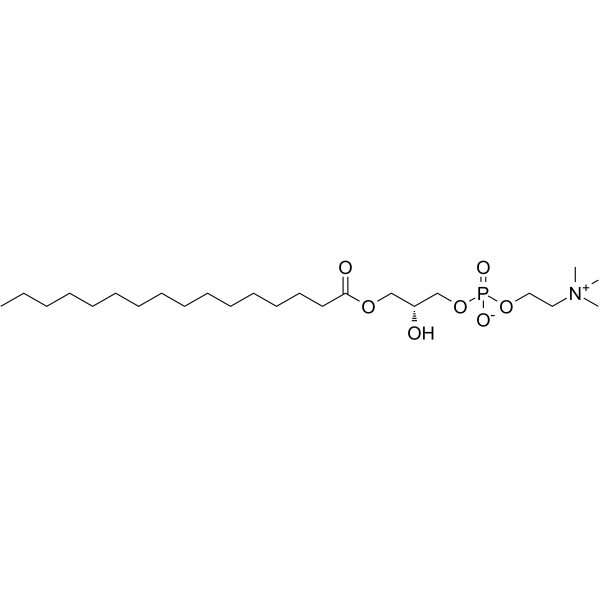Lysophosphatidylcholine contents in plasma LDL in patients with type 2 diabetes mellitus: relation with lipoprotein-associated phospholipase A2 and effects of simvastatin treatment.
Masanori Iwase, Kazuo Sonoki, Nobuhiro Sasaki, Shigehiro Ohdo, Shun Higuchi, Hiroaki Hattori, Mitsuo Iida
Index: Atherosclerosis 196(2) , 931-6, (2008)
Full Text: HTML
Abstract
Increased lipoprotein-associated PLA(2) (Lp-PLA(2)) predicts the future development of cardiovascular diseases. Although lysophosphatidylcholine (lyso-PC) produced by Lp-PLA(2) may contribute to its proatherogenic activity, the relation between Lp-PLA(2) and lyso-PC content in LDL remains unclarified. We determined the correlation between lyso-PC content in LDL and serum concentrations of Lp-PLA(2), chemokines, oxidative and inflammatory markers and microvascular complications in 32 patients with type 2 diabetes mellitus free of macroangiopathy. We also investigated the effect of simvastatin treatment on Lp-PLA(2) and lyso-PC content in 26 hypercholesterolemic patients with type 2 diabetes mellitus. 1-palmitoyl lyso-PC was measured using electrospray ionization-liquid chromatography/mass spectrometry and Lp-PLA(2) by ELISA. Lyso-PC content in LDL was significantly higher in diabetic patients than in control healthy subjects. Lyso-PC content correlated significantly with Lp-PLA(2) levels (r=0.56, p<0.0001), and was significantly higher in patients with preproliferative or proliferative retinopathy and those with nephropathy than the control. Simvastatin treatment reduced serum Lp-PLA(2) and lyso-PC content in LDL. Our findings suggest that Lp-PLA(2) has the proatherogenic activity by contributing to the production of lyso-PC in circulating LDL.
Related Compounds
| Structure | Name/CAS No. | Molecular Formula | Articles |
|---|---|---|---|
 |
1-Palmitoyl-sn-glycero-3-phosphocholine
CAS:17364-16-8 |
C24H50NO7P |
|
Pinoresinol of olive oil decreases vitamin D intestinal abso...
2016-09-01 [Food Chem. 206 , 234-8, (2016)] |
|
Sulforaphane protected the injury of human vascular endothel...
2015-06-01 [Food Funct. 6 , 1984-91, (2015)] |
|
Nanostructure-initiator mass spectrometry: a protocol for pr...
2008-01-01 [Nat. Protoc. 3 , 1341-9, (2008)] |
|
Chemical and physical requirements for lipid extraction by b...
2013-02-01 [Biochim. Biophys. Acta 1828(2) , 543-51, (2013)] |
|
A potent protective role of lysophospholipids against global...
2002-07-01 [J. Cereb. Blood Flow Metab. 22(7) , 821-34, (2002)] |